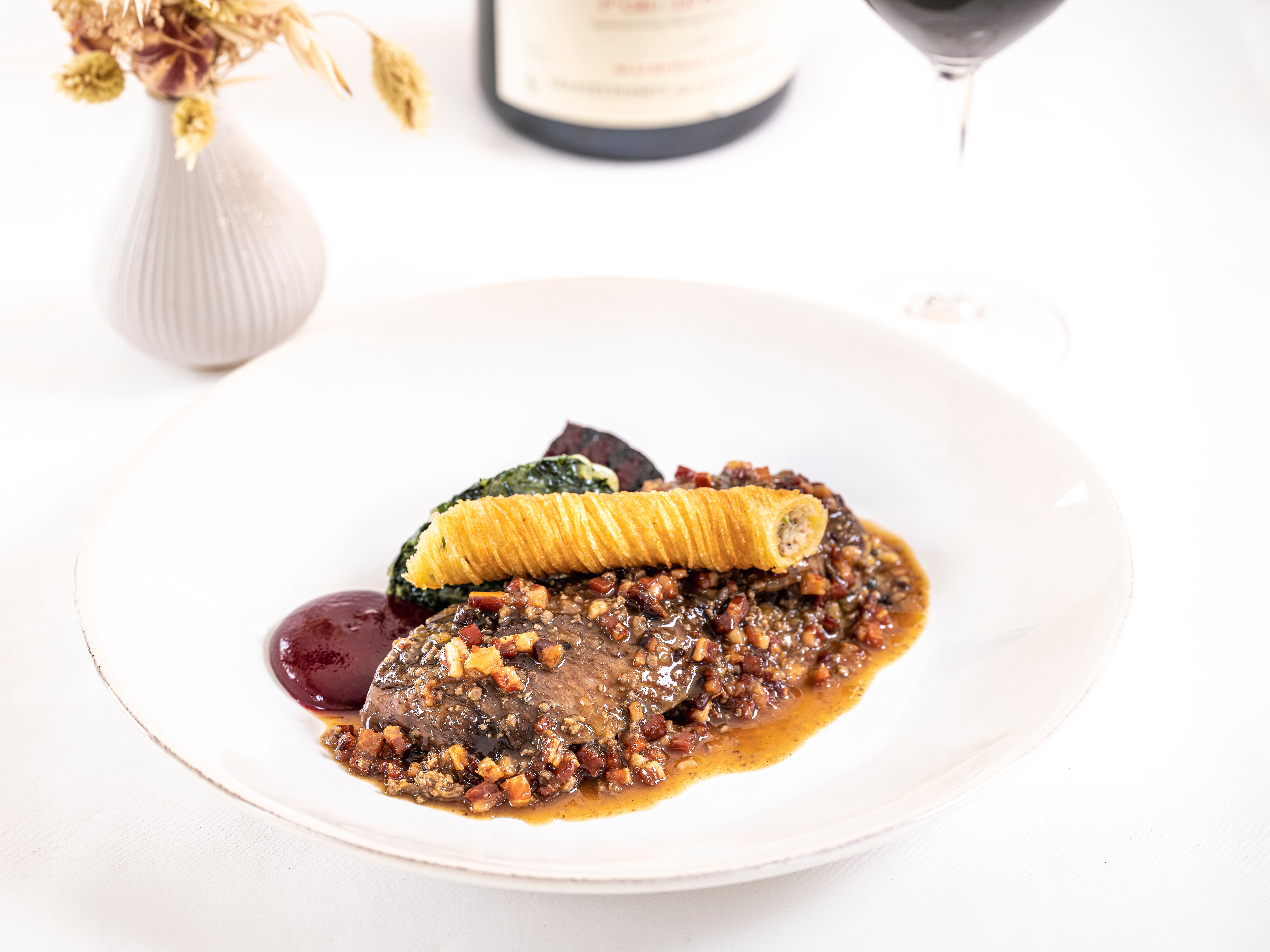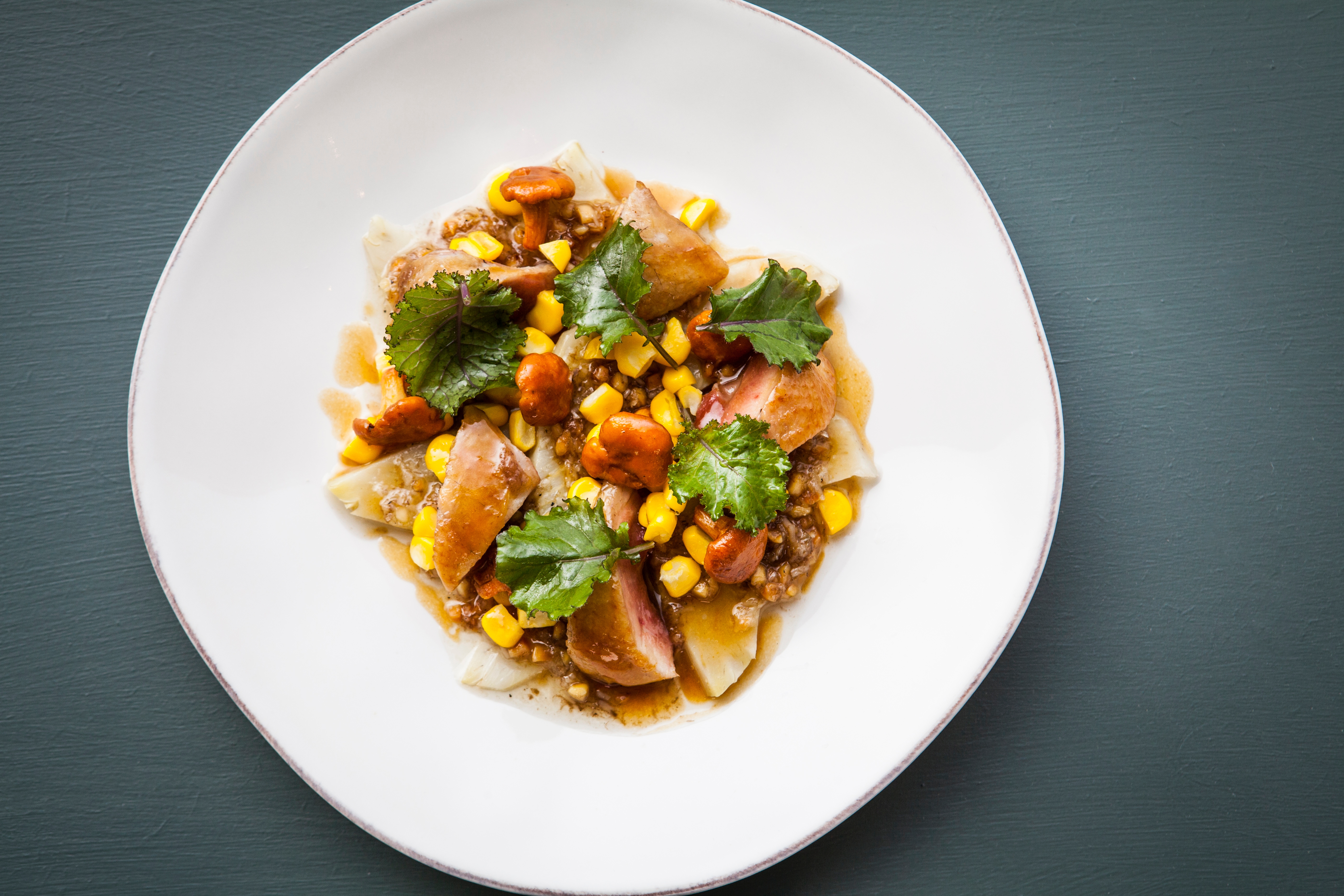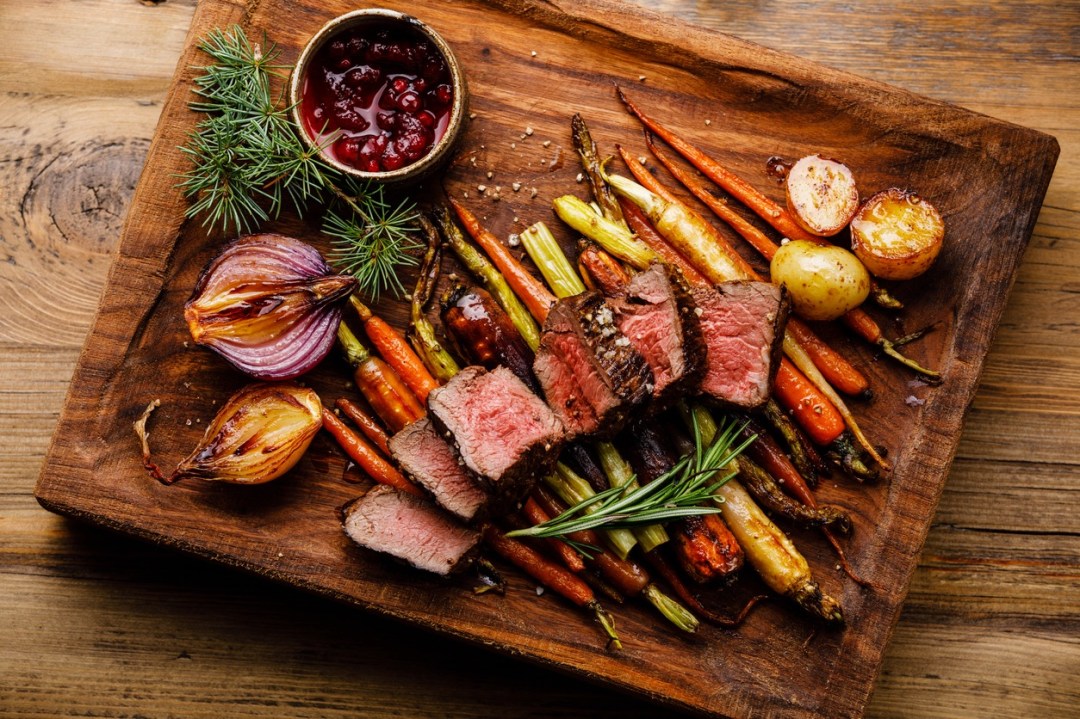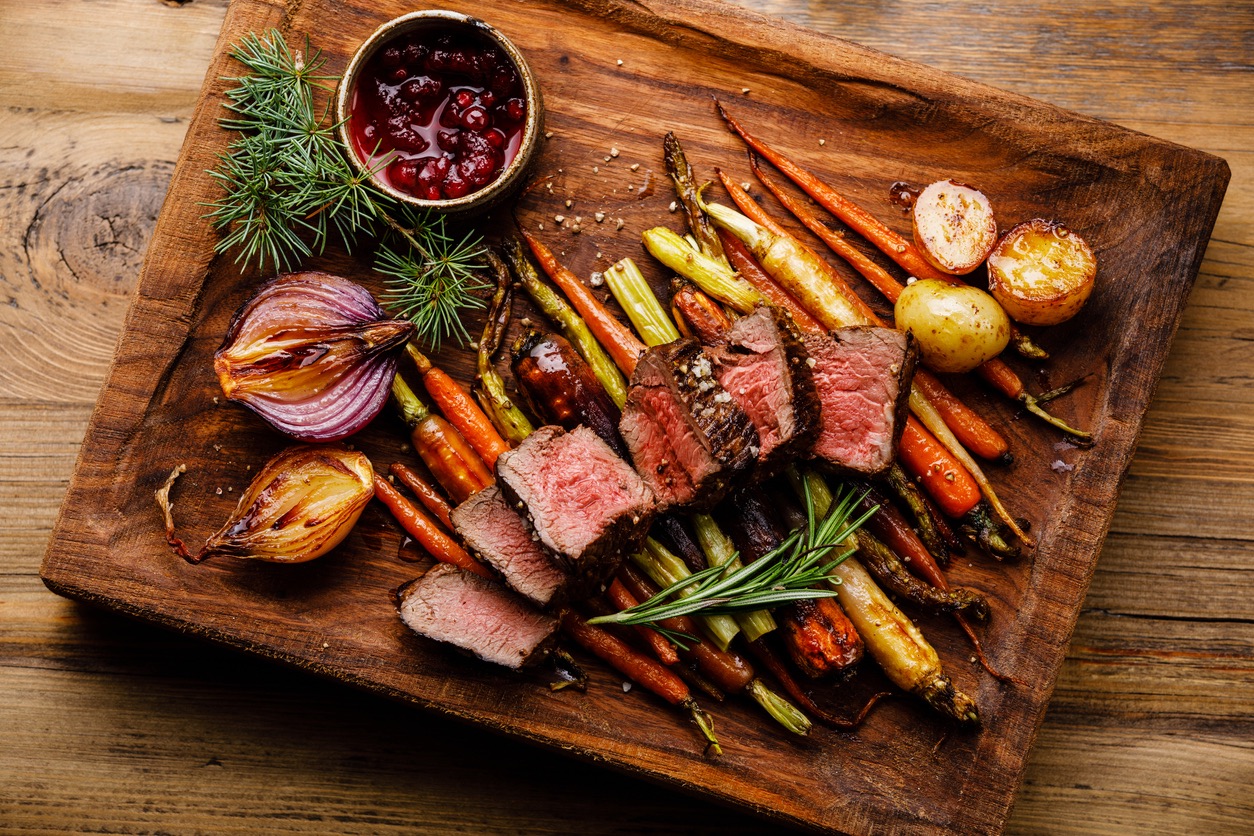Game is a perfect refutation to the sort of militant vegan campaigners who go around placing floral tributes on packaged meat. So long as shoots are responsibly conducted, game is as environmentally sustainable and ethical as meat-eating gets.
But this year looks set to be a tough one for parts of the industry. Chiefly because of a severe outbreak of avian flu in France, gamekeepers in the UK have struggled to source enough birds to rear (90 per cent of partridge eggs and 40 per cent of pheasant eggs are imported from or through France). By some estimates up to 70 per cent of partridge shoots and nearly a third of planned pheasant shoots may be cancelled this year. To make matters worse, a recent Cambridge study raised concerns that eating pheasant is likely to expose you to increased levels of toxic lead in your diet (the researchers say that occasional consumption is unlikely to be an issue, but weekly consumption maybe more so).

Game comes in all shapes and sizes: grouse, hare, mallard, rabbit, snipe, teal, venison, wild goose, woodpigeon, woodcock, partridge, pheasant. The naturally free-range animals’ diet on moorlands, on farmland and in forests adds layers of flavour to the meat. It’s low in cholesterol, and has fewer calories than other meats. At a time of rising prices, it is also worth noting that it is – somewhat contrary to its reputation – quite economical. A free-range chicken breast is nearly 60 per cent more expensive than a wood pigeon breast. A whole free-range chicken is nearly 20 per cent more expensive than a whole wild rabbit of the same size. As Phil Howard of Elystan Street puts it: ‘Eating game is one of life’s no-brainers… it’s local, lived happily and it’s lean, nutritious and cheap.’
Where to eat the best game? In London, there is plenty of choice. At the Jugged Hare in Barbican there’s a starter of wild Suffolk venison tartare, and a main of spatchcock wood pigeon with English cherries, as well as the signature dish of jugged hare, mash, Savoy cabbage and bacon. Corrigan’s in Mayfair has a Yorkshire grouse for two with salt-baked beetroot, fermented blackberry and Manjimup truffle. You should also ask after their famous grouse pie which only makes fleeting appearances on the menu. Kensington’s Maggie Jones’s (named for Princess Margaret who used to regularly dine there under that alias) has partridge and pheasant on the menu, both from the Windsor Estate. La Poule au Pot in Belgravia’s pretty-as-you-like Orange Square is also a lovely restaurant, and they have squab pigeon and hare on the menu. Meanwhile at The Game Bird at the Stafford hotel, the restaurant’s eponymous dish is roast squab pigeon with a herb barley risotto. Enoteca Turi (Italian; Chelsea) and Quo Vadis (British; Soho) are also good bets. Beyond London, try The Leaping Hare in Suffolk, The Woodsman in Stratford-upon-Avon, The Inn at Whitewell in Lancashire and Rothay Manor in the Lake District.

If you prefer to cook your own kill there is a nice recipe from Mary Berry for a pheasant stew. Or you could try this recipe from Hugh Fearnley-Whittingstall for roast partridge with sage, thyme and cider. As we enter the season for bracing autumnal walks, you could make some of these pheasant sausage rolls to pack in your knapsack. And for a supper at the end of a day’s happy sport outside, consider this venison ragu with pappardelle which manages to be both elegant and hearty.
Game is tremendously versatile. Will Bowlby of Kricket says his favourite is either mallard or venison: ‘The former provides a much leaner and more complex flavour in the meat compared to its farmed counterpart.’ As for wild deer, ‘the different cuts lend themselves to different things… we braise the shoulders for a biryani, and we trim the haunch to make kebabs and hunter-style curries. And any leftover trim gets minced down and turned into a rich keema with yoghurt, tomatoes and dried fenugreek.’ Mark Kempson of Kitchen W8 in Kensington says you can be as technically complex or simple as you choose: ‘A pheasant goujon is so easy to do and people love it. The meat is packed with flavour as a result of game birds and animals being free range and able to forage on the bounty of the countryside.’ Kitchen W8 is doing a ‘Celebration of Game’ menu that features the likes of Yorkshire grouse consommé to start, followed by a warm salad of partridge and a glazed venison faggot. So – who’s game?
A rough guide to the season
What to eat and when to eat it:
- Rabbit and woodpigeon: all year round
- Scottish red deer (stags): 1 July to 20 October
- Scottish / English fallow deer (bucks): 1 August to 30 April
- Hare: 1 August to 28 February
- Grouse: (Glorious) 12 August to 10 December
- Partridge: 1 September to 1 February
- Mallard and teal: 1 September to 31 January
- Pheasant: 1 October to 1 February
- Woodcock: 1 October to 31 January
- Scottish / English roe deer (does): 21 October to 31 March
- Scottish red deer (hinds): 21 October to 15 February
- Scottish / English fallow deer (does): 21 October to 31 March
Where to buy it
For those who can’t shoot their own, try these online stockists:







Comments